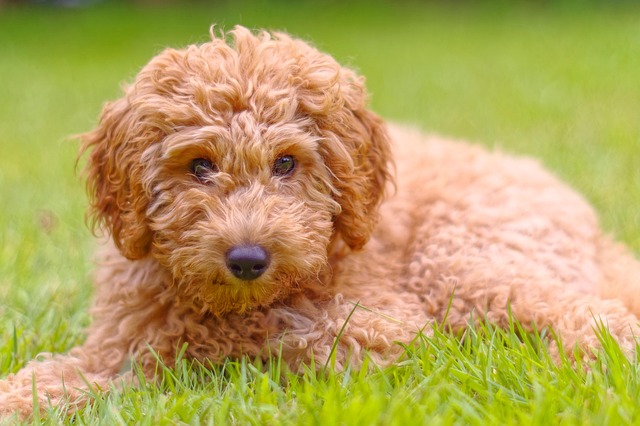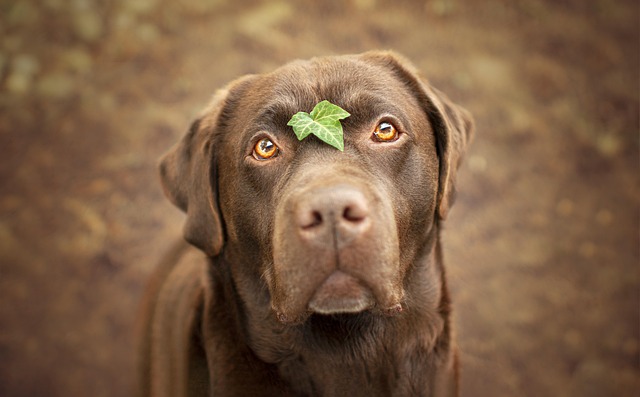
How do I make my dog poop in a specific spot?
If you’ve ever chased your dog around the yard trying to get them to go potty in one place, you know how frustrating inconsistent habits can be.
If you’ve stood in a busy park, calling your dog’s name while they’re nose-deep in a patch of grass or chasing a butterfly, you know the frustration: Their ears perk, they glance at you, then go right back to their adventure. Getting a distracted dog to come isn’t about being louder—it’s about making you more interesting than whatever’s grabbing their attention. Let’s break down how to turn those half-hearted glances into full-on sprints back to you.
Dogs experience the world through their noses and instincts, which often override human commands. A squirrel, a whiff of another dog, or even a crumpled wrapper can trigger their “hunt and explore” mode, making your voice feel like background noise. A trainer in California explained, “Dogs don’t ‘ignore’ you—their brains prioritize survival first. To compete, you need to become their ‘best resource.’” This means upgrading your rewards and timing to outshine distractions.
Start in a quiet space, like your living room, and practice “come” with zero distractions. Call their name cheerfully, clap, and run backward—movement is key. When they reach you, give a high-value treat (think freeze-dried liver or a lick of peanut butter) and a belly rub. Do this 10 times a day until they zoom to you without hesitation. Then, add small distractions: toss a toy a few feet away, call them, and reward massively when they leave the toy. A friend in Texas did this with her 1-year-old Lab: “At first, she’d grab the toy and run. By week 2, she’d drop it mid-tug and race to me—she figured out the treat was better than the toy.”

Next, move to low-distraction outdoor spots: a quiet street, a empty field, or your backyard with a neighbor’s dog barking faintly in the distance. Use a long line (15 feet) so they can explore but you can guide them gently if needed. When they fixate on something—a bird, a pile of leaves—yell their name in a playful tone (think how you sound when you say “Want to play?”) and wave a favorite toy. When they reach you, let them tug the toy for 10 seconds before giving the treat—this links “coming” to fun, not just food.
For apartment living, practice in hallways when neighbors aren’t around. Let them sniff a new doormat, then call them—reward with a treat and a quick game of fetch in your living room. This teaches them that even in tight, busy spaces, “coming” leads to good things. In shared dog parks, keep treats in a fanny pack—if a group of dogs runs by, a loud “Hey! Over here!” plus a treat toss will cut through the chaos.
Culturally, never scold a dog for finally coming, even if it took 5 minutes. Yelling (“Bad dog!”) teaches them that returning to you means trouble, so they’ll hide next time. Instead, laugh, ruffle their ears, and say “I’m so glad you’re back!”—positive reinforcement builds trust, and trust makes them want to check in.
Compliance checks: Keep your dog’s rabies vaccine current—required by law in all states, and often checked in public parks. Even when training, pack poop bags—cities like Boston fine up to $100 for leaving messes, and responsible recall training includes being a good community member.
With practice, your dog will learn that “coming” when distracted isn’t a chore—it’s the start of something fun. Soon, you’ll be the one they look for, even when the world is full of tempting distractions.

If you’ve ever chased your dog around the yard trying to get them to go potty in one place, you know how frustrating inconsistent habits can be.

Giant Poodles sit near the top of the list for intelligent dog breeds, and that smarts makes them quick to pick up on training cues—if you approach it the right way.

Chihuahuas are tiny but mighty, and their small bladders mean accidents inside can happen more often than with larger breeds. Start by sticking to a strict schedule—take them out first thing in the morning, right after meals, and before bed.

Many Labrador owners find themselves frustrated when their fluffy pups don’t pick up commands as quickly as expected.

Witnessing your dog display aggression is deeply concerning, and the immediate question of what you can "give" them to make it stop is a natural one.

That moment your dog's hackles rise and a low growl rumbles from their throat at the sight of another canine can turn a pleasant walk into a stressful ordeal.